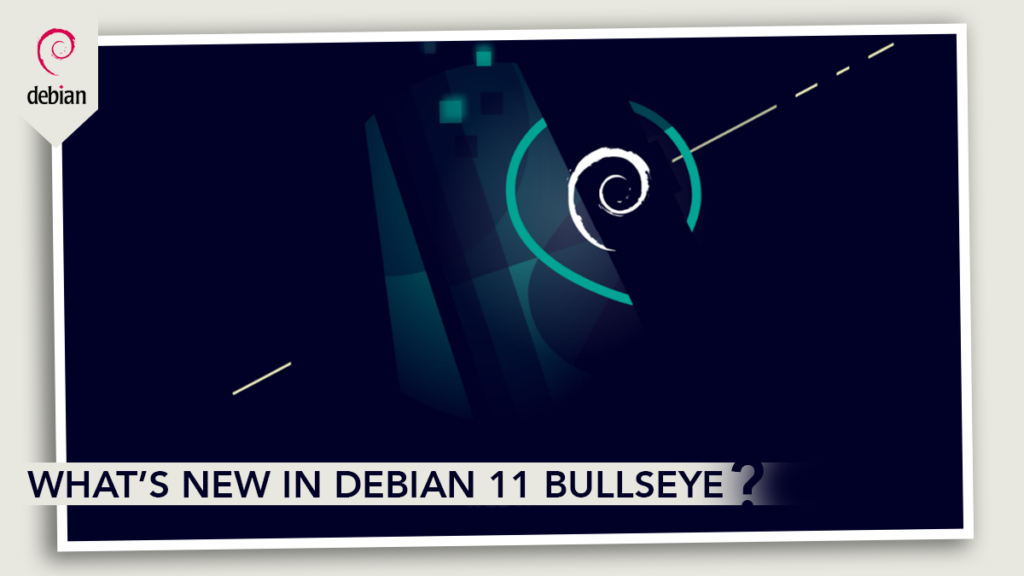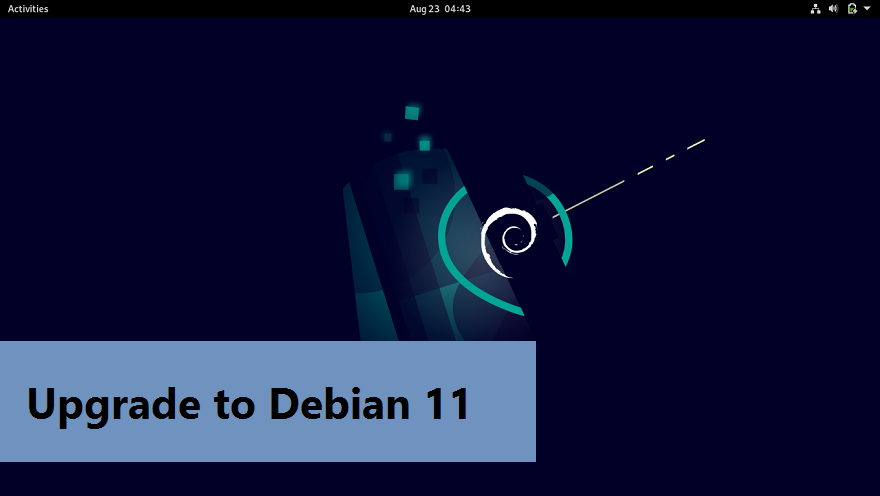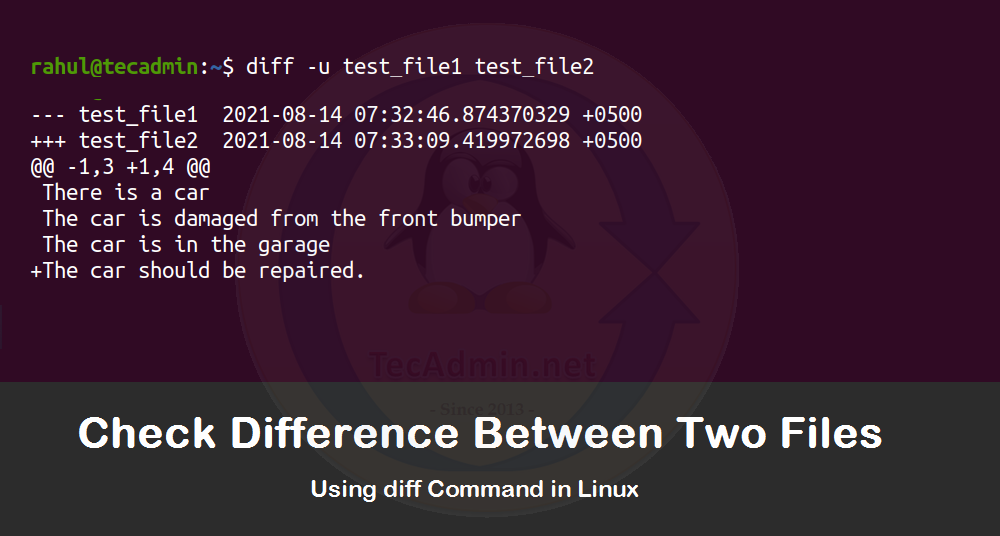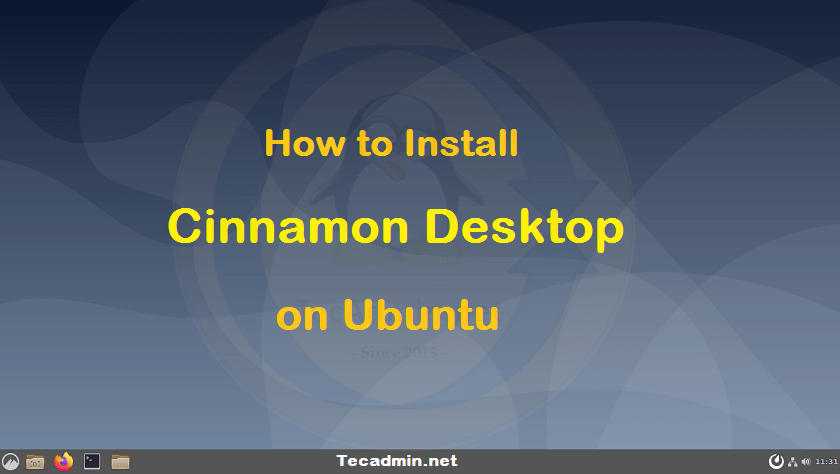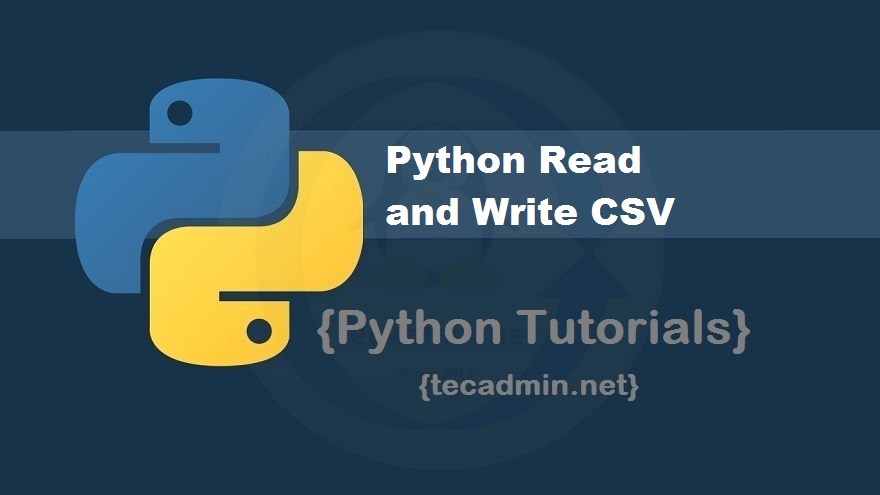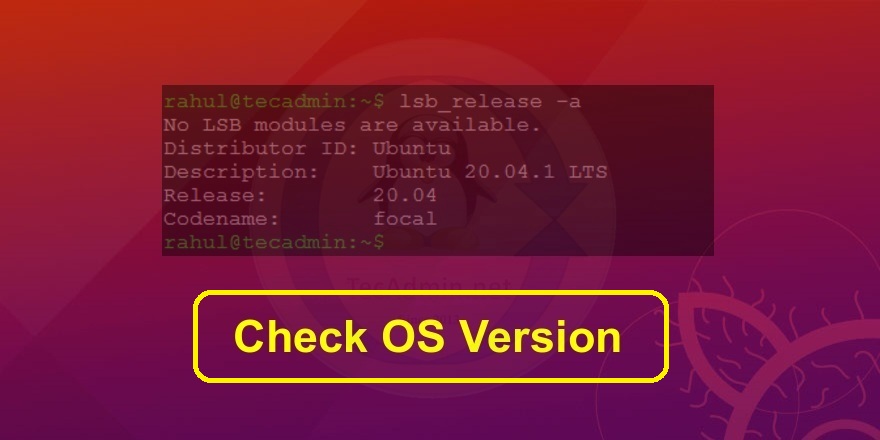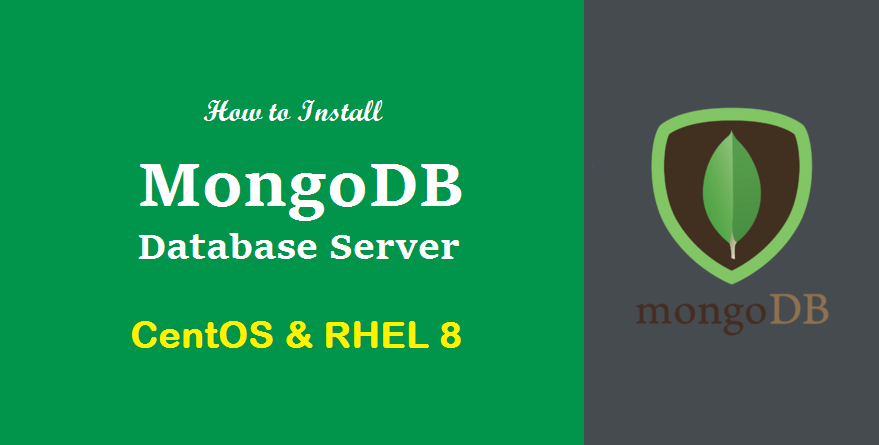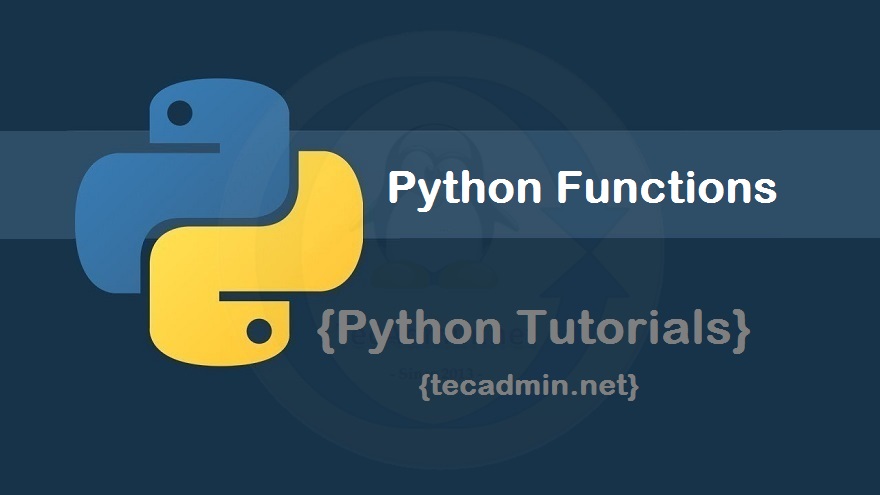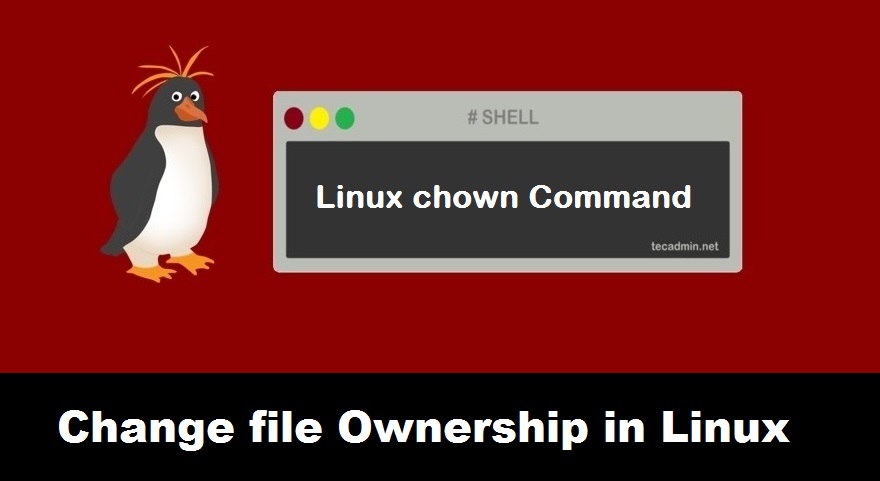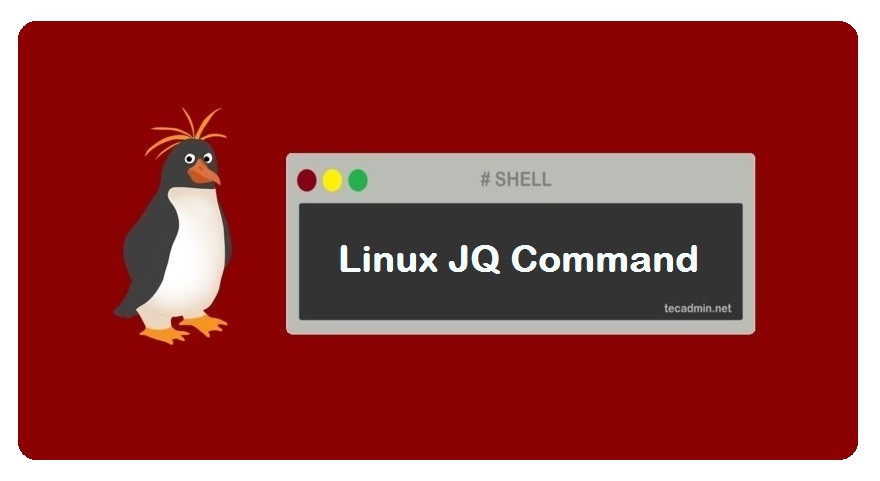Linux is one of the well-liked operating systems because of its open-source nature, flexibility to customization, ability to operate on older machines, security, and stability. The open-source operating system unlike the closed operating systems allows all the users equal opportunity to change and modify the underlying code. Linux can be referred to as the heart of open-source operating systems. After being established in the mid 1990s; it has expanded across the globe from smart computers to phones and home appliances, Linux can be found everywhere. Linux has tons of distributions for various purposes and audiences and Debian is one of…
Author: Rahul
Debian is known for its stability and reliability and preferred choice to set up a server for businesses and organizations. Debian recently got the latest release called Bullseye. Bullseye comes with many enhancements and upgrades. It offers a list of desktop environment support such as Gnome 3.38, KDE Plasma 5.20, LXDE 11, LXQt 0.16, and MATE 1.24. Moreover, this release has now 11,000 new packages and driverless printing and scanning support. This update also removes many obsolete packages. The manual page has also got significant improvements. Seeing these enhancements and features will push every Debian user to upgrade except for…
Sometimes we are required to compare two or more than two files for some modifications or just to check the errors in two same files. Instead of reading both files and comparing them precisely, we have some built-in tools in Linux which can help us in this regard. In this article, we will discuss the built-in functions and some third-party tools which are used to compare to files in Linux and how they work. How to compare files in Linux For the comparison files by using the following utilities: Diff Colordiff Wdiff What is diff Command in Linux The Diff…
Cinnamon is a popular desktop environment based on GTK. The project was originally derived from the GNOME 3 Shell. It is actively been developed by the Linux Mint team. Cinnamon provides a beautiful and feature-rich user interface. It uses desklets, for single applications for the desktop like a weather app, photo frames, and clocks. Cinnamon desktop is supported by most of the modern Linux distributions including Ubuntu. It is fast to load and works smoothly on older hardware. Similar to other desktops Cinnamon also offers multiple desktops called “workspaces.” This article will help you for installing the Cinnamon desktop environment…
Have you ever needed to exchange information between the programs except using the variables? Have you ever thought or felt the need to have a text file to exchange data between the programs? Do you know about the idea of storing data/information into an external file and later extracting it when needed? Yes, we can store and transfer data between the programs using the file format known as CSV. What is a CSV file? A CSV file is a type of file that is used to store data in a structured tabular (Row/Column) form. It is a plain text file…
Most people think of Linux as an operating system but it is actually a kernel; A kernel is a bridge between the software and hardware of a computer. Linux-based operating systems are actually called Linux distributions which usually include the Linux kernel along with software package managers, software, and graphical user interface. It is important to always know the kernel and OS version of your system, especially if you’re an administrator. Knowing the version of your kernel and OS can help you determine which package manager to use to install new software and whether that software is supported by your…
MongoDB is a popularly used document-oriented, NoSQL, database program. The term NoSQL refers to not only SQL which is an approach to designing databases. A NoSQL database is modeled in a way that the storage and retrieval of data are done through documents, instead of using the tabular structure (tables and rows) used in the more traditional relational databases. MongoDB is a general-purpose database in which data is stored in flexible JSON-like documents in key-value pairs. Each MongoDB database has collections that contain documents. These documents can have different sizes, contents, and numbers of fields. It supports an optional schema…
Functions are subprograms in the main program that contain a bundle of related statements of code that only run when they are called. They are written in order to perform particular tasks. Functions help us break our code into smaller chunks and avoid repetitiveness in code. They make the code more organized and increase its readability. Most programming languages have the following two types of functions: Pre-Built/Built-in Functions User defined Functions Python also has another small anonymous function called lambda function which will also be discussed in the following sections. What is Built-in Functions All major programming languages have built-in…
Management of Files and resources can quickly become a headache for Linux administrators as it is a multi-user OS. The administrators have to manage all the resources available on the system. They have to ensure that only the authorized users have the permissions to access and modify certain files. The administrators can take advantage of many built-in commands like chattr and chown to help them in file management: What is the chown command? The chown (short for change owner) command is used to change the ownership of the group of files and directories in a Linux-based operating system. It helps…
JSON is a data representation format that is used to store and transfer data between different layers of an application; it stores data in key: value pairs. The syntax of JSON was derived from JavaScript but it itself is language-independent. It is compatible with many programming languages; these languages include code that can be used to integrate JSON into the program; but unfortunately, we cannot work with JSON directly in Linux shell as it cannot interpret it. To work with JSON in the Linux shell we use a mixture of tools such as JQ and sed. This post will teach…

